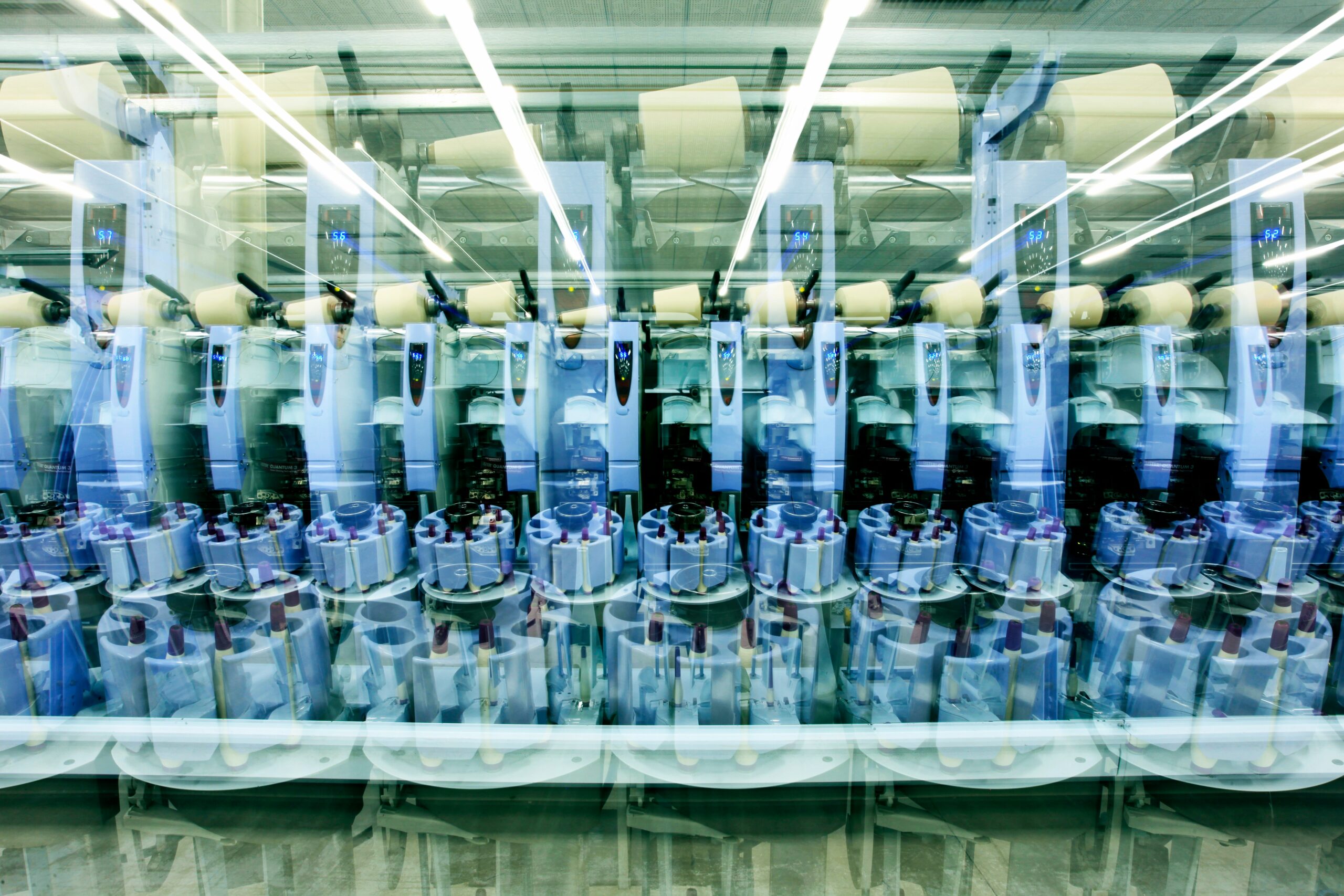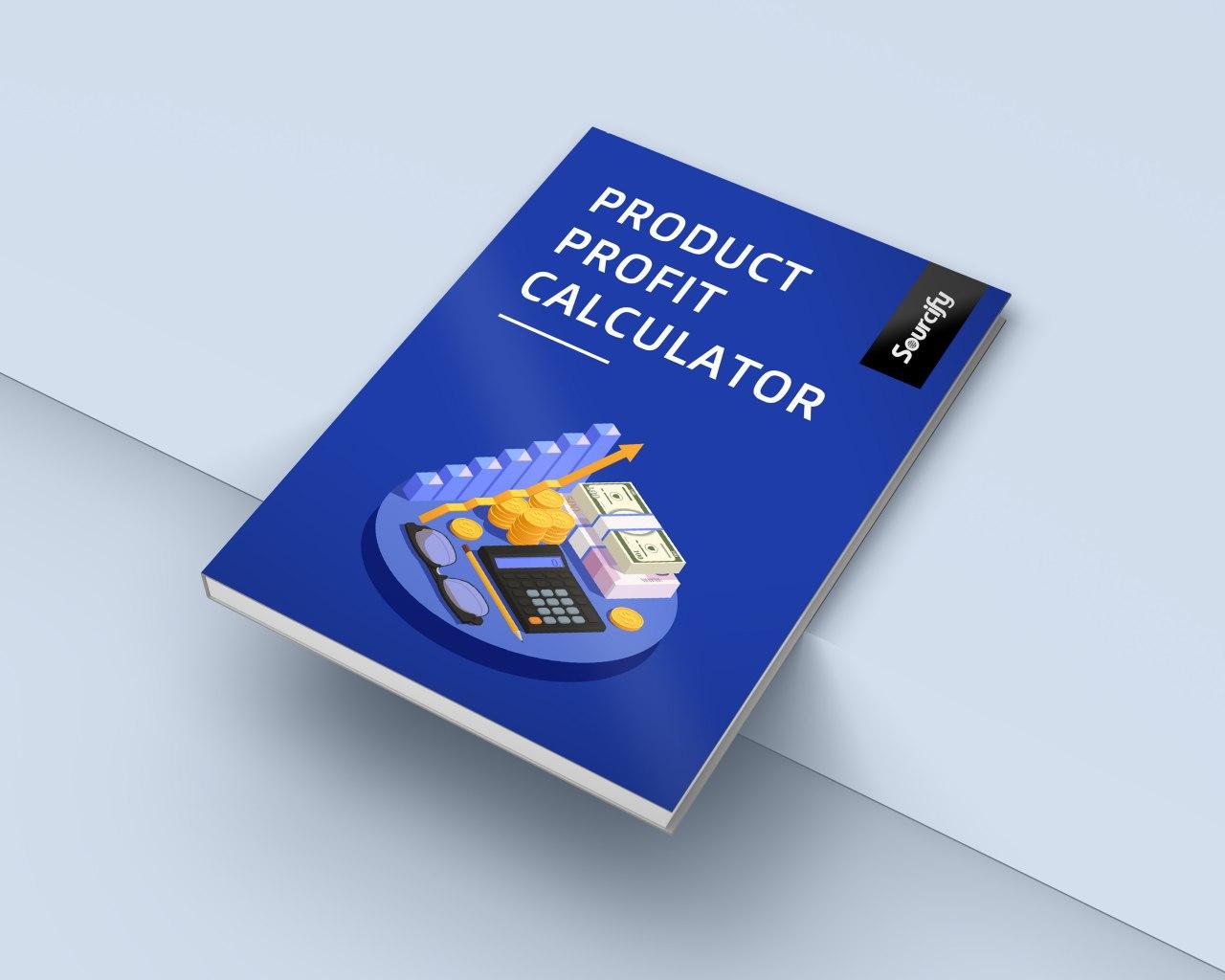Post-China sourcing has become one of the biggest shifts in global manufacturing — and one of the most misunderstood.
Every week, founders tell us: “We’re thinking of moving production out of China.”
It sounds straightforward. Find a new factory, move the tooling, and start fresh. But sourcing doesn’t work like that anymore.
In 2025, leaving China isn’t a switch — it’s a strategy.
Why Brands Are Moving
There’s no single reason behind the shift. It’s a web of cost pressures, political risk, and operational headaches that have been building for years.
- Tariffs and trade policy have made long-term cost forecasting difficult.
- Labor and material costs in China have continued to rise.
- Transparency expectations from retailers and consumers are higher than ever.
- And perhaps most importantly — risk diversification is now seen as core to profitability.
What used to be about chasing the lowest cost per unit has evolved into managing total landed risk — balancing cost, capacity, and control across multiple regions.
The Myth of the One-to-One Move
The first mistake many brands make is assuming they can “replace” China with a single alternative.
Vietnam, Mexico, India — all are attractive. But none are China.
Each comes with its own infrastructure realities, capacity limits, and regional strengths.
- Vietnam offers strong textile and footwear capacity but faces congestion and limited skilled labor supply.
- Mexico provides proximity and shorter lead times but can mean higher unit costs and limited component ecosystems.
- India shines in certain categories (like metalwork and home goods) but often requires deeper on-site oversight.
That’s why the smartest brands aren’t asking, “Where do we go instead of China?”
They’re asking, “How do we build a portfolio of regions that complement each other?”
Think Portfolio, Not Relocation
This is where “post-China sourcing” becomes a true strategy.
Smart companies are building regional stacks — distributed production networks that balance risk and speed.
Example:
- 60% of production remains in China (for complex, high-volume SKUs).
- 25% in Vietnam or India (for diversification and backup).
- 15% in Mexico (for nearshoring or pilot runs).
It’s not just about spreading risk — it’s about positioning each region for what it does best.
This approach requires more planning, but it pays dividends in flexibility and resilience.
When political, shipping, or regulatory issues hit, you have options — not panic.
Operational Realities You Can’t Ignore
Moving production touches every part of your operation — from quality control to packaging to logistics.
Here are a few realities to plan for before you pull the trigger:
- Tooling and Setup Costs: New molds, jigs, or certifications often mean upfront investment.
- MOQ Differences: New suppliers may require higher order minimums than your China partners.
- Freight and Tariffs: A lower unit price doesn’t always equal lower total landed cost.
- Quality Curve: It can take 2–3 production runs to match your previous factory’s consistency.
- Communication and Culture: A new region means new time zones, workflows, and expectations.
Sourcing strategy is as much about operational fluency as it is about geography.
The Hidden Cost of Rushing
We’ve seen too many brands make reactive moves — pulling out of China without a plan, then scrambling when timelines slip or costs rise elsewhere.
That’s why timing matters.
A strategic shift takes 6–12 months to plan, pilot, and stabilize.
Skipping steps — like vetting compliance or testing first runs — can erase the savings you hoped to gain.
If you’re considering a move, treat it like you would a major product launch:
- Define your why (cost, control, diversification).
- Vet regions by fit, not hype.
- Pilot before scaling.
- Always keep one backup supplier ready.
The Smarter Way Forward
The question isn’t whether to move production — it’s how to do it without losing control.
For most brands, the right answer is a balanced sourcing strategy:
- Keep China for what it’s still best at (scale, precision, supply chain depth).
- Diversify into new regions for agility and risk management.
- Build relationships before you need them.
This approach takes more time up front — but it keeps you out of crisis mode later.
What We’re Seeing in 2025
Across our network, brands are:
- Moving partial production to Mexico and Vietnam for speed and proximity.
- Exploring India and Indonesia for diversification.
- Building dual supply setups with backup tooling already in place.
The goal isn’t to leave China.
It’s to design a sourcing ecosystem that can bend without breaking.
Take the 2025 Sourcing Trends Survey
We’re tracking these shifts across hundreds of brands — and we want your input.
Where is your production headed next year? What’s driving the change?
👉 Take the 2-minute survey and get early access to the 2025 Sourcing Trends Report.
Together, we’re mapping what post-China sourcing really looks like — one decision at a time.




